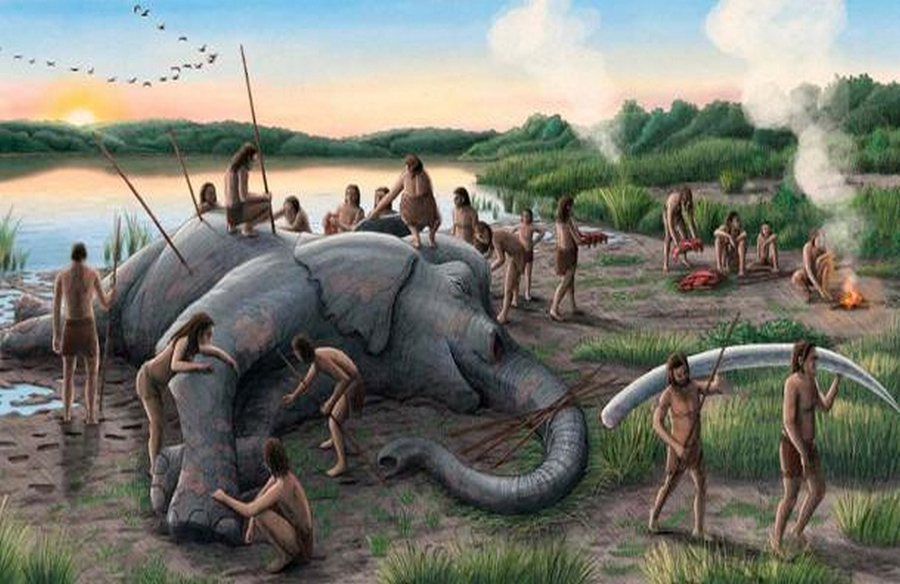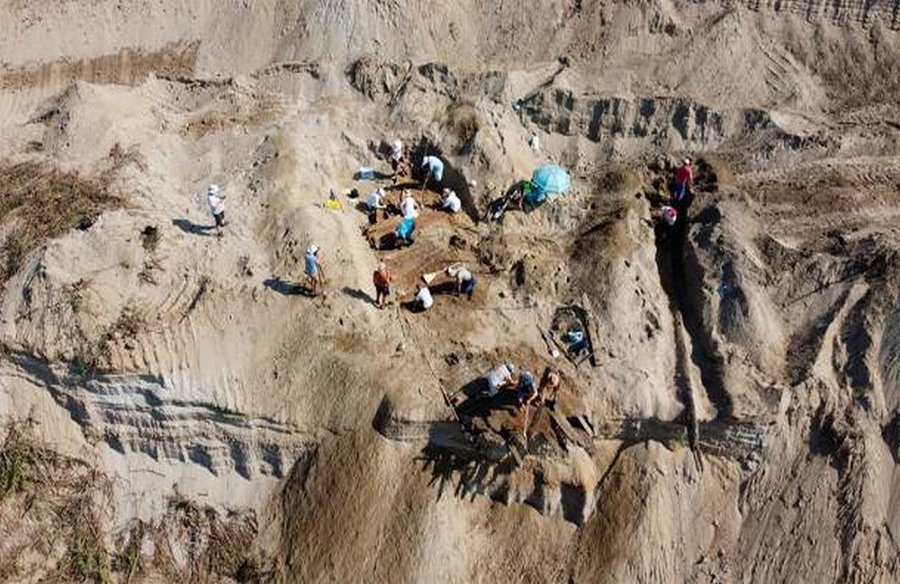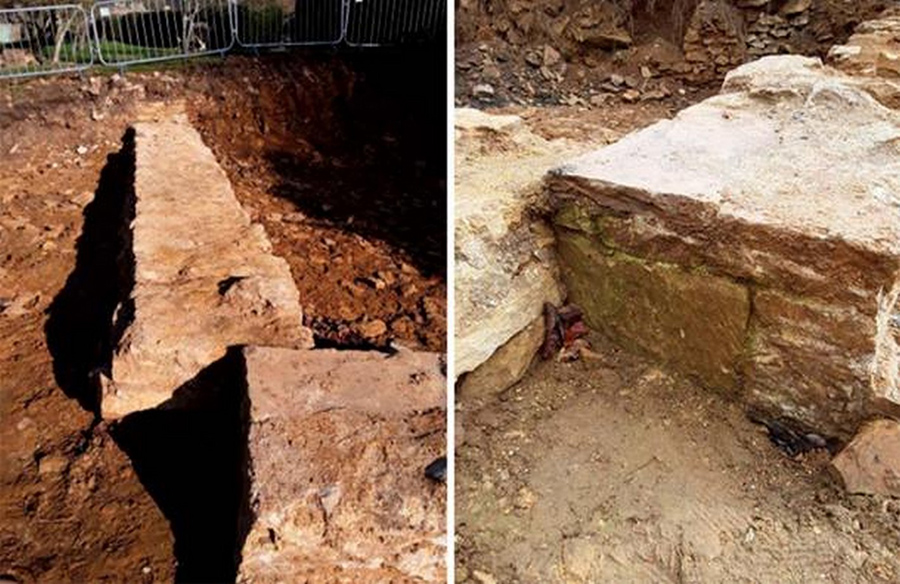Neanderthals: Beyond the Brutes
2023 marked a significant turning point in our perception of Neanderthals. Once viewed as primitive beings, new evidence showcased their prowess as skilled hunters and artisans, blurring the lines between them and Homo sapiens. Some researchers even questioned whether they were truly a separate species.

Unveiling Ancient Art
Debates surrounding Neanderthal art reached new heights as evidence emerged of their artistic endeavors. Their creations, albeit more abstract than those of Homo sapiens, displayed remarkable creativity. Dating back as far as 250,000 years ago, Neanderthals used minerals to produce red and black paints, suggesting a sophisticated cultural expression.
Astonishing Hunting Practices
Discoveries in Germany revealed that Neanderthals hunted massive elephants weighing up to 13 tons, twice the size of contemporaneous mammoths. Further research unveiled their hunting of cave lions nearly 48,000 years ago, representing the oldest evidence of large predator hunting by human relatives.
Dietary Sophistication
Neanderthals’ dietary habits surprised researchers as evidence emerged of their consumption of crabs around 90,000 years ago in Portugal. This revelation challenged the notion of Neanderthals as primitive, showcasing their adaptation to diverse environments and sophisticated food procurement strategies.

Reevaluating Neanderthal Classification
A paradigm shift occurred as researchers proposed reclassifying Neanderthals as a variety of humans rather than a distinct species. Insights into their advanced use of fire highlighted their ingenuity and challenged traditional taxonomic distinctions.
Origins of Toolmaking
Excavations in Kenya uncovered Oldowan stone tools dating back nearly 3 million years, predating previous estimates and suggesting a more complex evolutionary narrative. Surprisingly, these tools were associated with an extinct ape-like creature rather than early humans, challenging existing assumptions about toolmaking origins.
Early Human Migrations
New evidence suggested multiple waves of human migration into Europe, with the earliest settlers arriving approximately 54,000 years ago. Additionally, a fossilized skeleton found in Turkey hinted at ancient human ancestors migrating out of Eurasia over nine million years ago, adding a new dimension to our understanding of human dispersal.

Prehistoric Technological Advancements
Innovations in woodworking among early humans were unveiled through the discovery of sophisticated tools and structures. From the world’s oldest wooden structure in Zambia to evidence of advanced woodworking skills among Homo erectus, these findings showcased ancient humans’ mastery of their environment.
Genetic Insights into Human Population Dynamics
Genetic research provided insights into ancient human population dynamics, revealing a near-extinction event approximately 900,000 years ago. Similarly, the discovery of a new archaic human species in China challenged existing narratives of human evolution and migration.
Rewriting the Timeline of Human Settlements
Reevaluation of archaeological evidence pushed back the timeline of human settlements in the Americas by thousands of years, challenging conventional theories. Evidence of human presence in South America dating back at least 25,000 years highlighted the complexity of early human migrations.
Embracing New Discoveries
Each revelation in 2023 challenged long-held beliefs and expanded our understanding of human evolution. As we eagerly anticipate further discoveries in 2024, these advancements remind us of the dynamic nature of scientific inquiry and the endless mysteries waiting to be uncovered.











